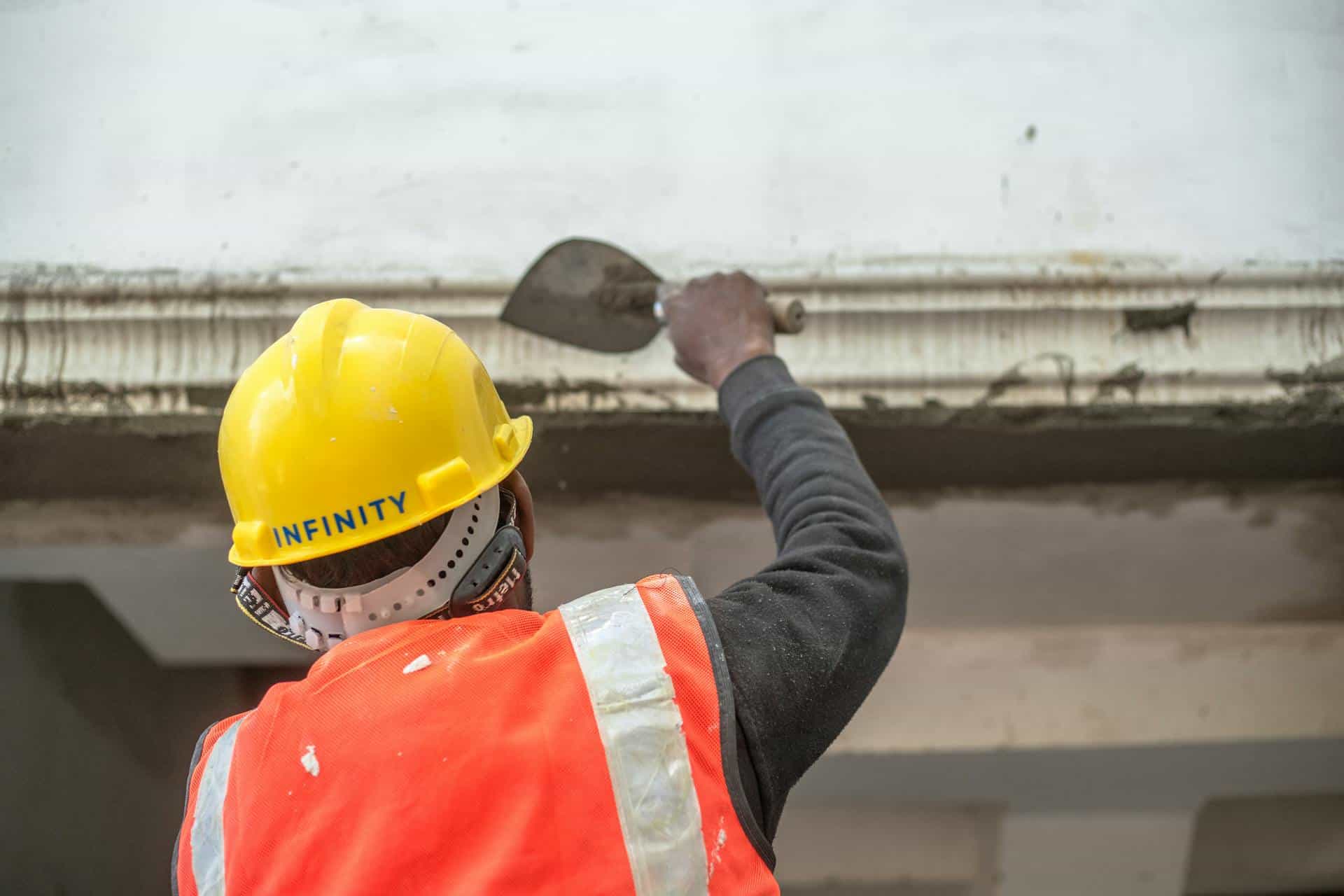In the rapidly evolving world of video technology, an hdmi ptz camera has become pivotal in creating advanced and highly functional PTZ camera systems. This article explores the integration of these cameras into a comprehensive setup, focusing on the benefits of HDMI connectivity for transmitting high-definition video in various settings such as live streaming, broadcasting, and conference environments.
Benefits of HDMI in PTZ Camera Systems
HDMI (High-Definition Multimedia Interface) is renowned for its ability to deliver high-quality digital video and audio through a single cable. Integrating HDMI PTZ cameras into your system offers several distinct advantages:
- High-Resolution Video Transmission: HDMI supports high-definition video up to 4K resolution, ensuring crystal-clear image quality for critical monitoring and broadcasting applications.
- Reduced Complexity: With HDMI, video and audio signals are transmitted over one cable, simplifying the installation process and reducing cable clutter.
- Universal Compatibility: HDMI is widely supported across a range of devices, including monitors, recorders, and switchers, facilitating easy integration with existing AV equipment.
Designing a Cohesive PTZ Camera System
Creating an effective PTZ camera system requires careful planning and consideration of various components. Here’s how to integrate HDMI PTZ cameras into a complete setup:
1. Assessing Needs and Layout
- Identify Key Areas for Coverage: Determine where cameras should be placed to ensure comprehensive coverage of the space.
- System Design: Sketch out a system layout that includes camera positions, control rooms, and connectivity paths.
2. Selecting the Right Equipment
- Choose Suitable HDMI PTZ Cameras: Select cameras that meet the resolution and output requirements for your specific application.
- Supporting Hardware: Invest in compatible HDMI switchers, cables, and monitors that support the desired video quality and control features.
3. Installation and Configuration
- Mounting the Cameras: Install cameras at strategic locations, ensuring they have unobstructed views of the target areas.
- Connecting the System: Use high-quality HDMI cables to connect cameras to the control system and output devices.
- System Configuration: Configure the cameras and control systems for optimal alignment, focus, and zoom capabilities.
Optimizing Your HDMI PTZ Camera System
To maximize the performance of your HDMI PTZ camera system, consider the following optimizations:
- Regular Firmware Updates: Keep your camera firmware up-to-date to ensure compatibility and performance enhancements.
- Network Configurations: If your system includes IP capabilities, ensure your network settings are optimized for minimal latency and maximum bandwidth.
- Control System Integration: Use advanced control systems to manage camera movements, presets, and live switching effectively.
Common Challenges and Solutions
While setting up an HDMI PTZ camera system, you may encounter several challenges:
- Signal Integrity Issues: Use shielded HDMI cables and signal boosters to prevent signal degradation over long distances.
- Compatibility Problems: Ensure all system components are fully compatible by checking specifications and conducting pre-installation tests.
- Complex Configurations: Simplify the user interface and setup processes to ensure ease of use for operators.
Conclusion
Integrating a ptz camera system enhances the capability to produce high-quality video for a variety of applications. With careful planning, appropriate equipment selection, and regular system optimizations, your HDMI PTZ camera system will provide reliable and high-definition video streaming, making it an invaluable asset for any advanced video production or surveillance setup.






